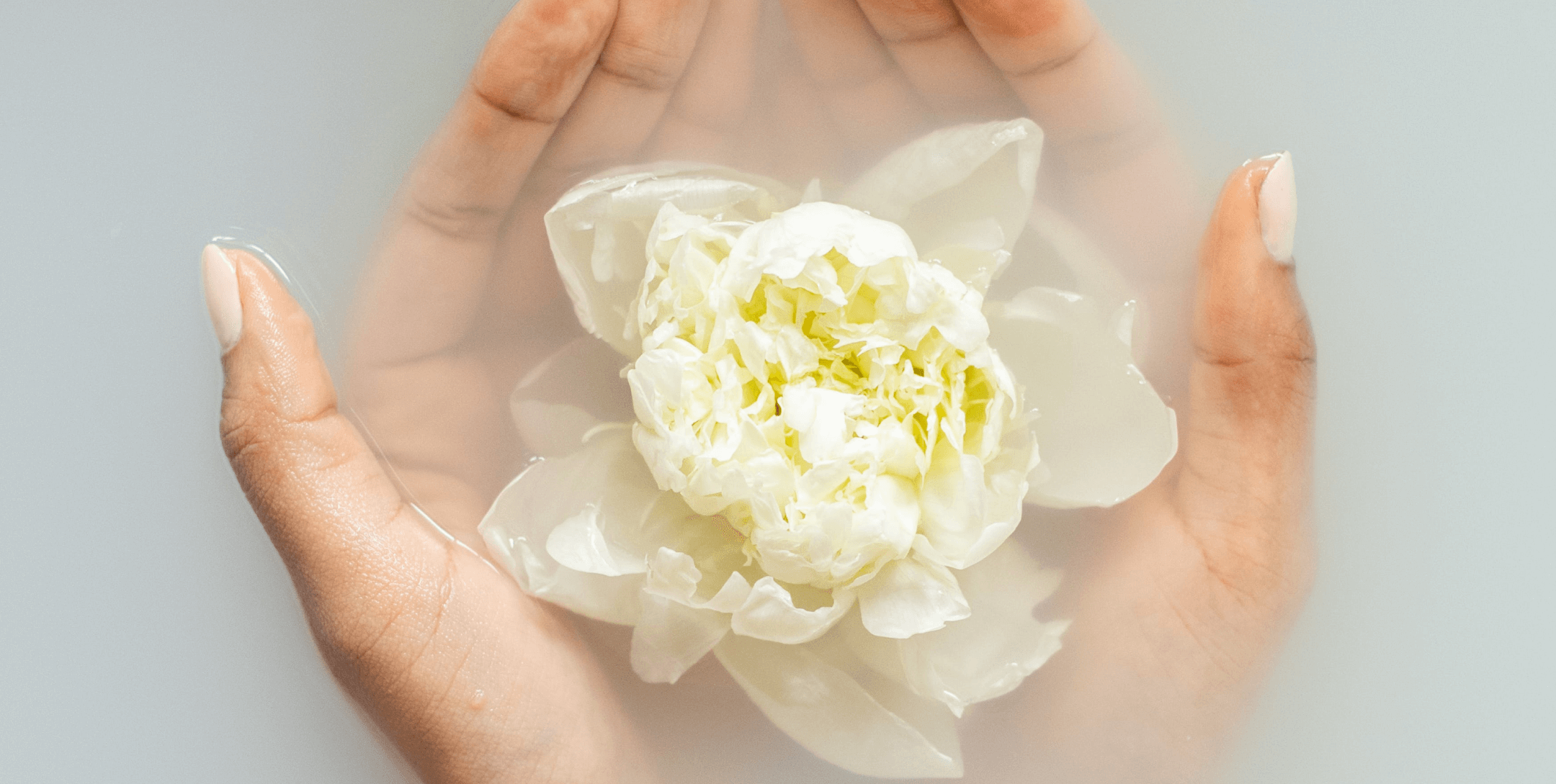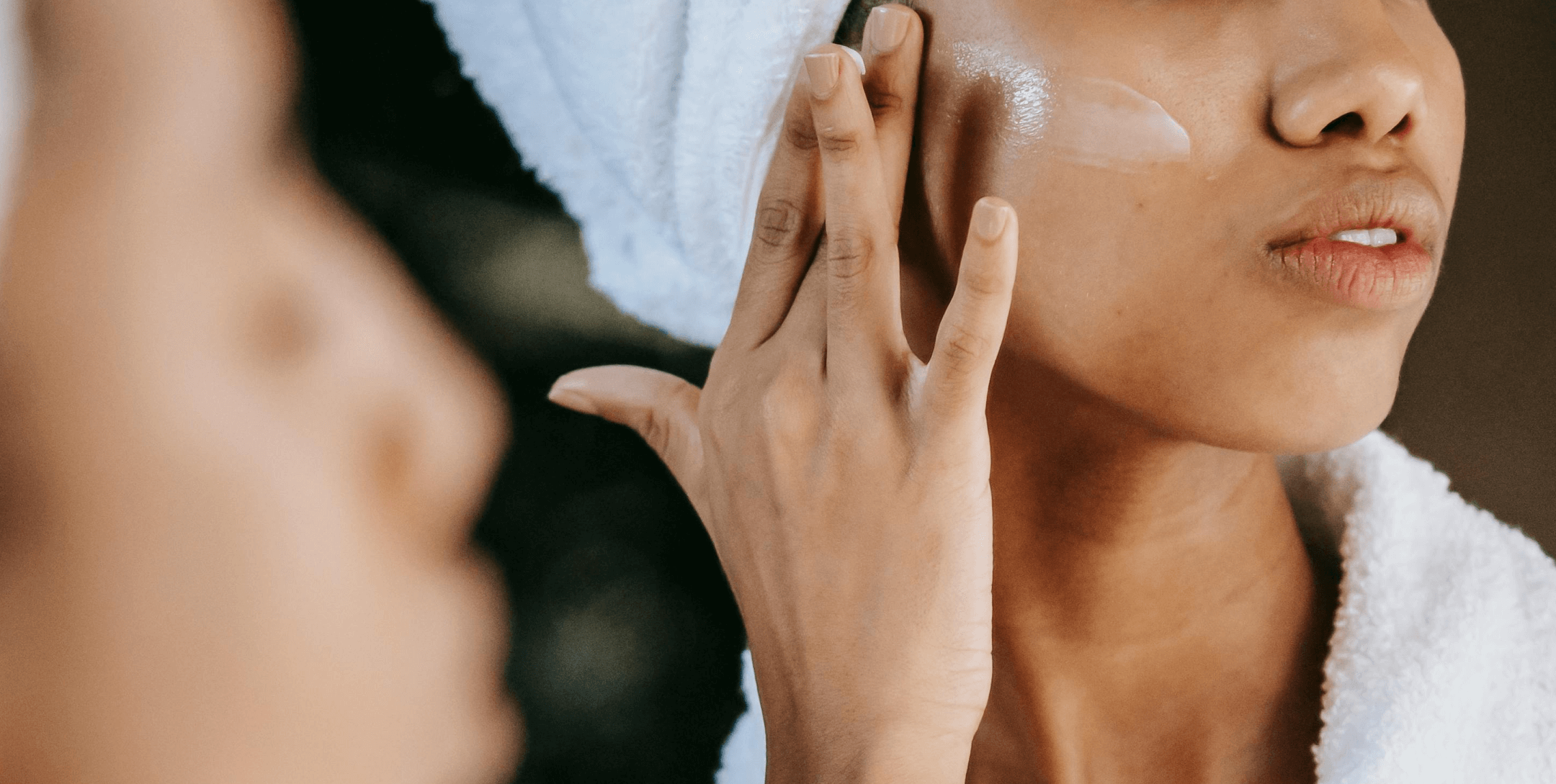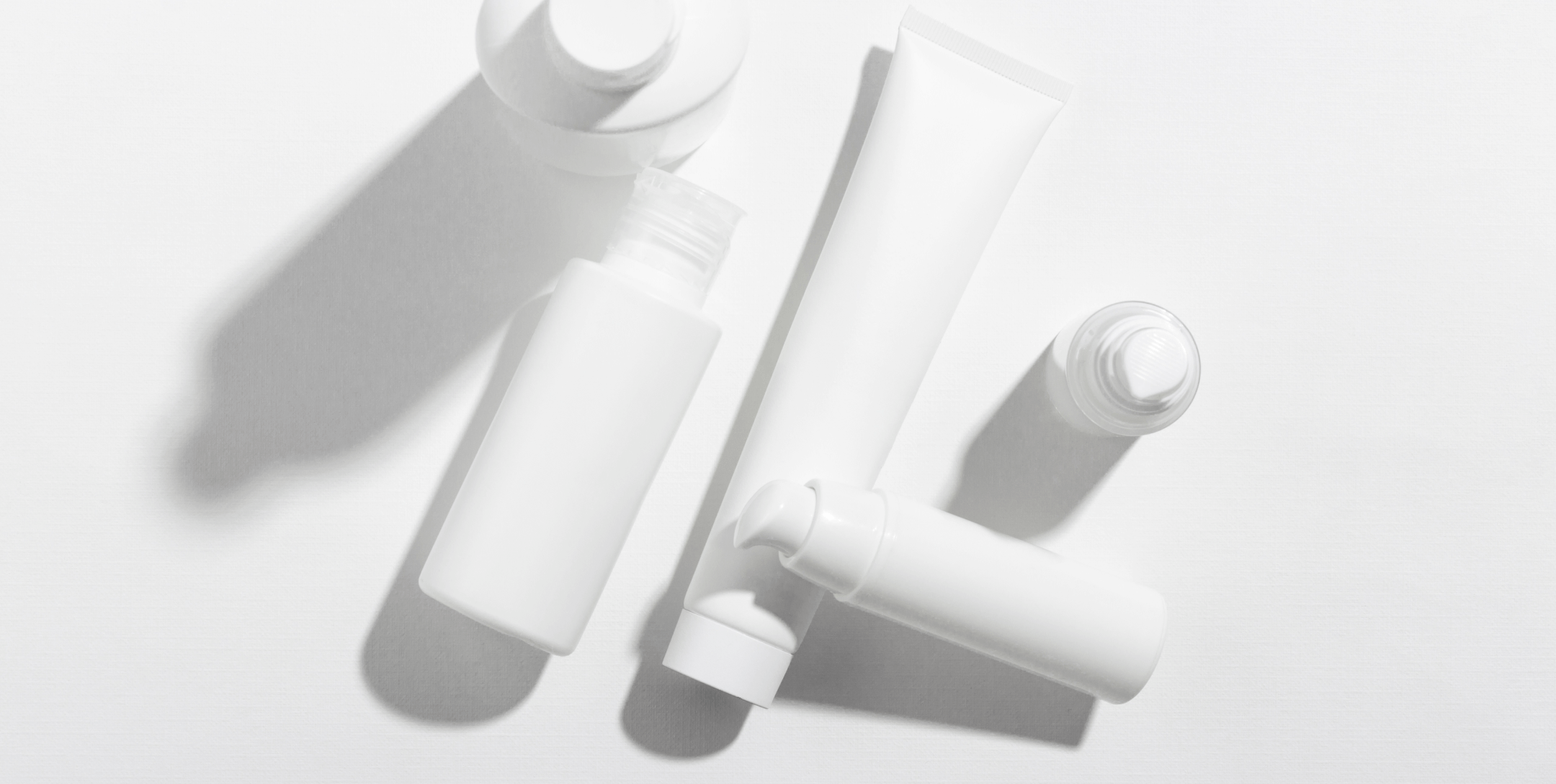Wellness at every age: what the
trend means to every generation
To some, wellness might feel like a lifestyle—or at least an inherent part of their daily, weekly, or monthly routines, while to others, wellness might just feel like a meaningless buzzword, or another passing fad in the fast-paced world of consumerism. At The DPS, we are firm believes that wellness as an industry is here to stay, but what that means varies for different groups of consumers. In this blog, we’ll break it down by generation, and provide insights to how you can better strategize to create connections with your target market.

GEN ALPHAThe current generation since 2013, Gen Alpha is young—but slowly coming up in the market in their early teen years. As tweens, they capture a unique space in the market, combined with having millennial parents, making it important to create products and marketing that appeal to both generations simultaneously (don’t worry, we can help). This generation is digitally entrenched and well-versed in social media from the earliest age we’ve seen, and wellness is all about discovering who they are—and are still becoming.
To best target Gen Alpha and their Millennial parents, education and approachability are essential. Aesthetics and makeup for a generation so young is divisive, but personal care with a dash of self-expression is a sweet spot to target.

GEN Z: THE ANTI-WELLNESS WELLNESS LOVERSCurrently, Gen Z (those born between 1996 and 2010) makes up about 40% of consumers—a market you don’t want to miss out on! But when it comes to wellness, they’re tricky. In a non-traditional sense, Gen-Z has a more holistic view of wellness, encompassing physical, mental, and emotional health—and often equate wellness with happiness. Plus, as the first digital-native generation, they demand a lot when it comes to acceptance, diversity, inclusivity, sustainability, and transparency—and rightfully so!
To best target Gen Z customers with wellness products, it’s important to get specific, but not too niche. For example, brands should demonstrate their commitment to a complete lifestyle, rather than to just one aspect of “wellness” to better resonate on an emotional level, but that shouldn’t diminish the efficacy and intentionality of each individual product formula.
Similarly, unconventional and novelty formats go a long way with Gen Z, playing into their idea that wellness should feel good and be a fun, fulfilling experience. Patch applications, unique primary packaging solutions, vitamin-infused candies, and low maintenance wipes will go a long way with this market.
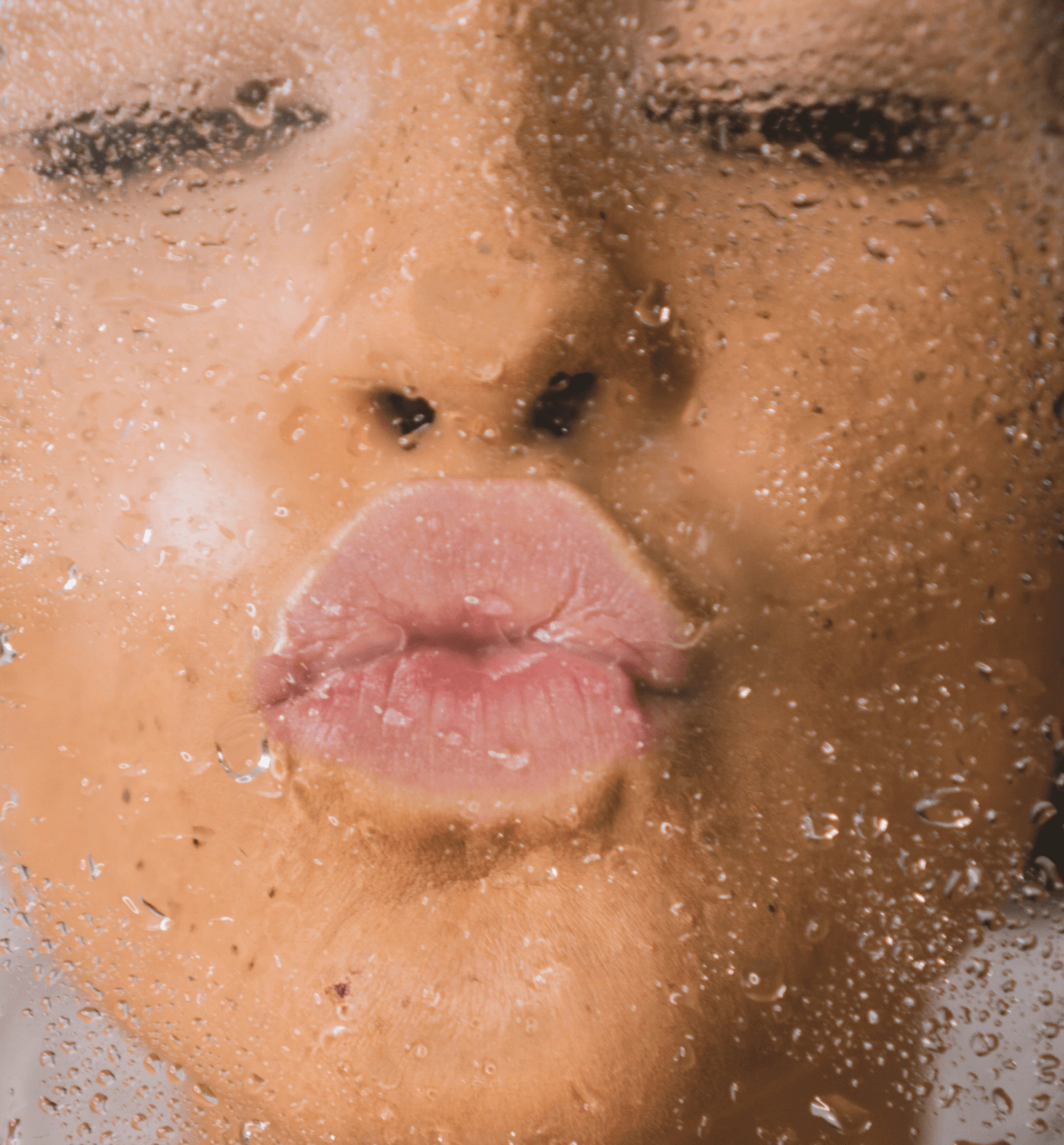
MILLENNIALSLeaders in the e-commerce spending market, Millennials (born between 1981 and 1995) are bringing a fresh perspective to adulthood. With rising incomes—and responsibilities—Millennials value longevity and family planning, but not if it means sacrificing a feel-good, luxury experience. In fact, Millennials invest more in health and wellness than any other generation, with mental health as a key component. They are inspired by blue zones, biohacking and self-agency, enabling them to better care for themselves as they need to extend their care to growing families, too.
To best target Millennials when it comes to wellness, it’s important to think experientially. Millennials are more likely to make intentional swaps for everyday items, like laundry detergent and home cleaning goods, if it means their chores become a little more enjoyable—and guilt-free for their families.
Similarly, they appreciate a combination of digital and IRL experiences, and linking product packaging to digital education is a great way to keep this generation connected for the long haul.
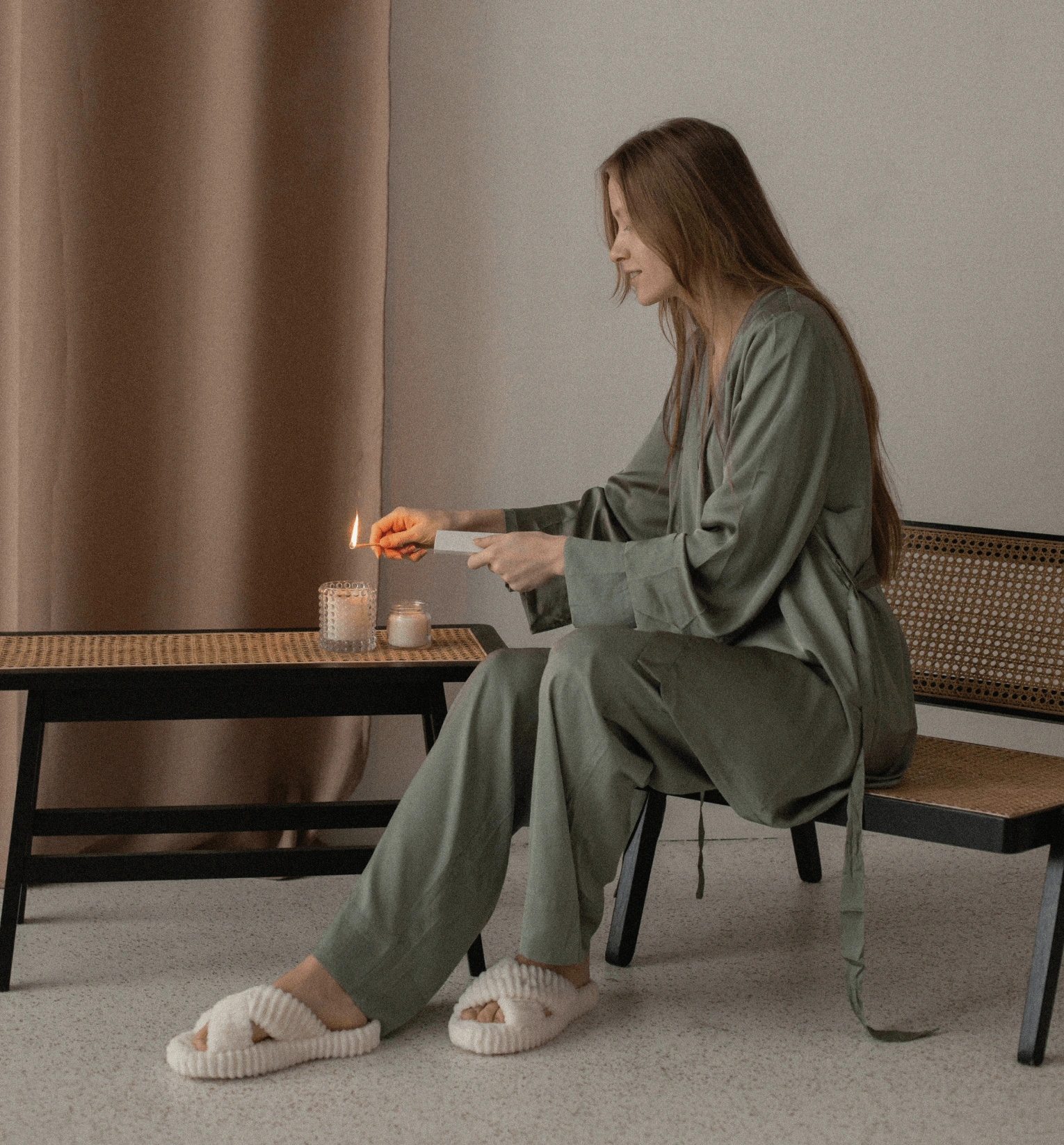
GEN XBorn between 1965 and 1980, Gen X have elevated themselves into some of the highest earners—and spenders—in today’s marketplace. They’ve adopted modern technology and are redefining what it means to age, and in turn, rethinking what wellness means as they get older. But, it’s important to note that Gen X is bucking traditional narratives around aging in favor of individualized, accepting, and inclusive experiences that feel authentic and supportive—rather than standardized. Much like other generations, Gen X is also taking a 360 approach to wellness, looking for ways to support themselves through all the hard-to-navigate changes that happen in this phase of life.
To best target Gen X in the wellness world, it’s important to consider their unique struggles with health—from skin changes to hormonal shifts and everything in between. This isn’t much different from teens going through adolescence, and treating aging as a negative thing won’t go far with this generation of consumers.
Instead, consider combining the expert-backed formulas that this level of customer expects and demands with a fresh brand strategy approach that feels fun and exciting—rather than another thing this busy group has to check off their to-do list.

BABY BOOMERSFinally, those born between 1946 and 1964 make up the Baby Boomer Generation, known for hanging on to traditional ideals, while being the first generation to reclaim what it means to age. Unlike previous older generations, Baby Boomers are relatively tech savvy and adaptive, and are searching for community and connection when it comes to wellness. Representation is important, as this generation doesn’t typically see themselves included, especially in the beauty world. And the real priority lies in looking and feeling good for as long as possible.
To best target Baby Boomers in wellness, avoiding stereotypes will go a long way. In today’s well-connected world, aging doesn’t just look or feel one certain way, and it’s important to represent as many experiences as possible.
Similarly, creating an open, honest dialogue about aging—both the positives and the downsides—will go far in creating lasting brand loyalty that aligns with your customers’ ideals.
To tap into our expertise on generational marketing, as well as product manufacturing through every step of the process, contact our team today. We’re here and ready to help with whatever phase your project is in.

